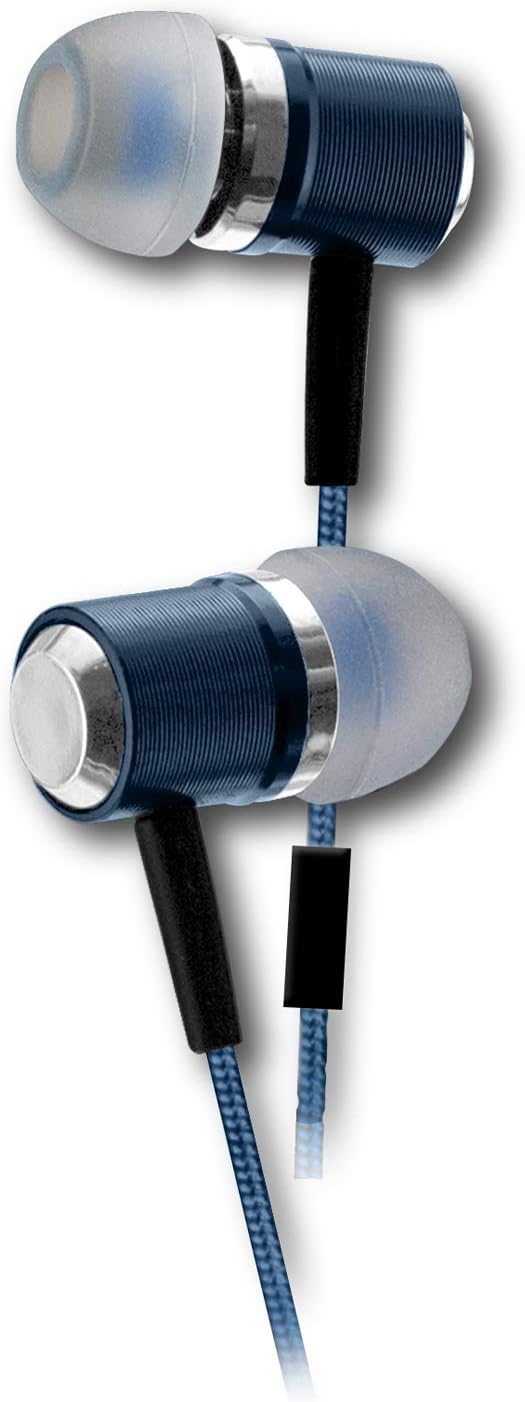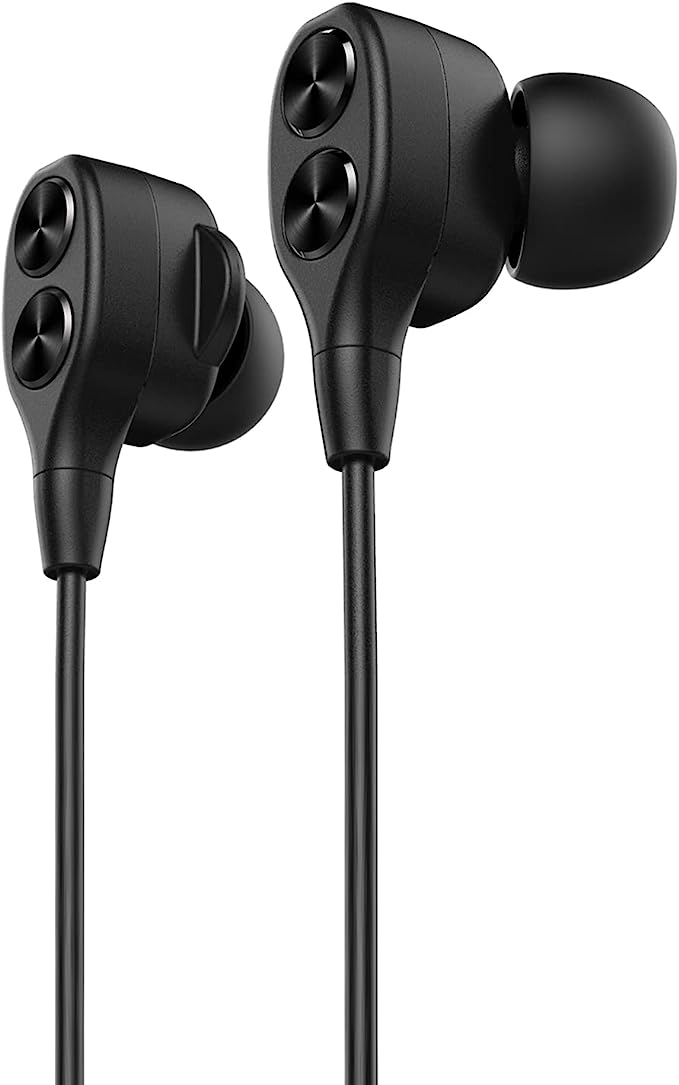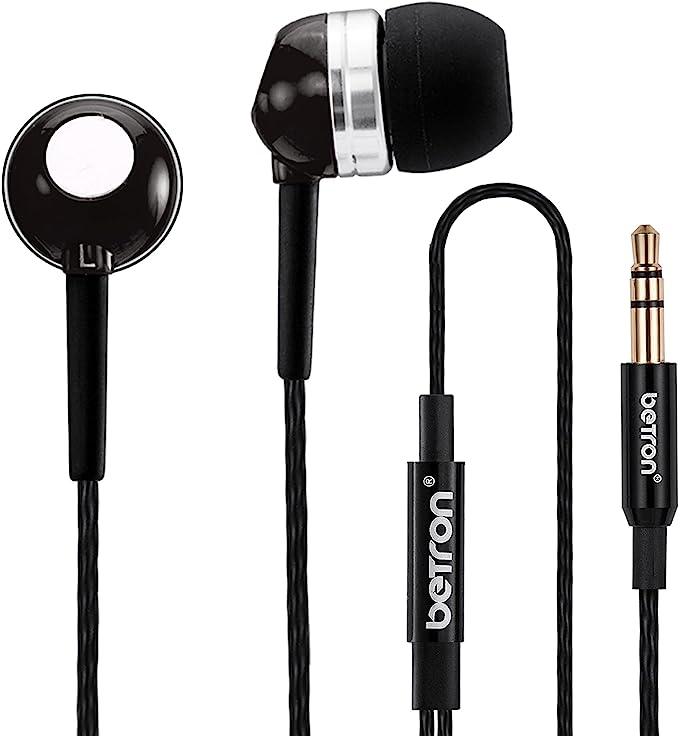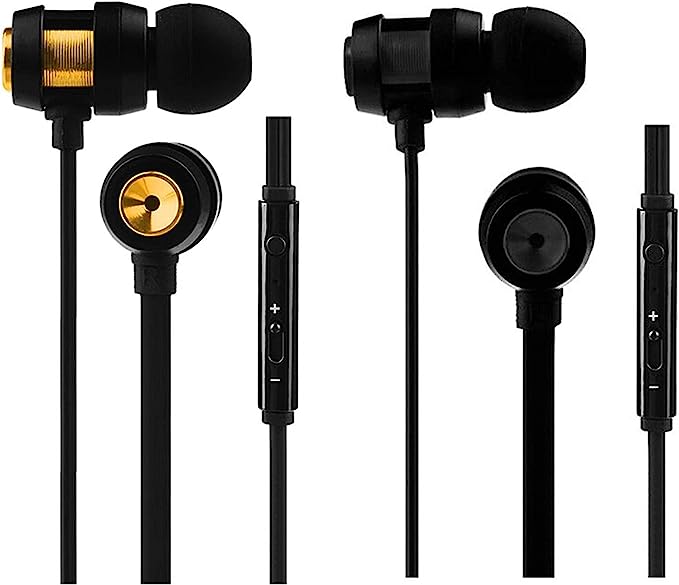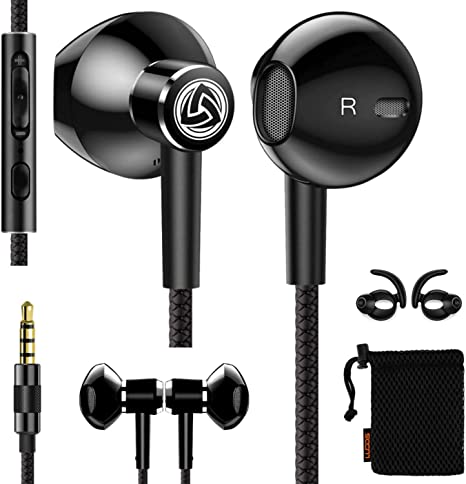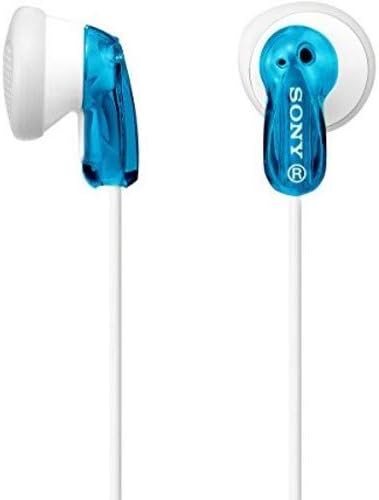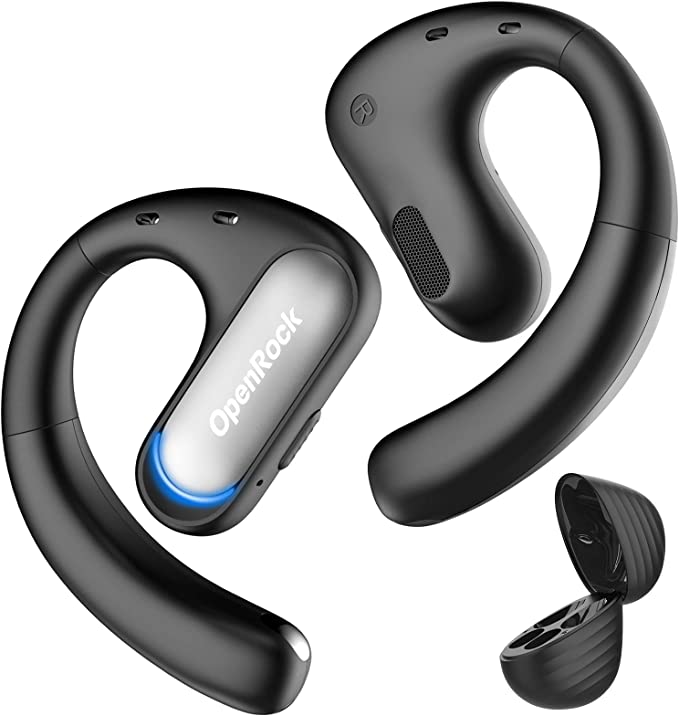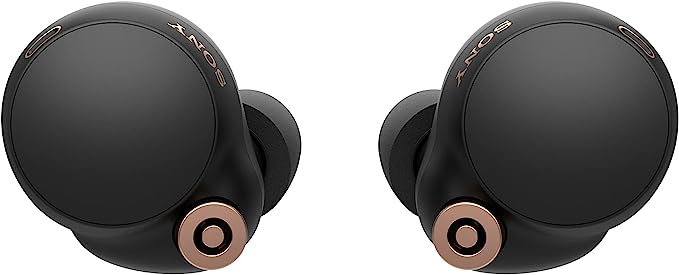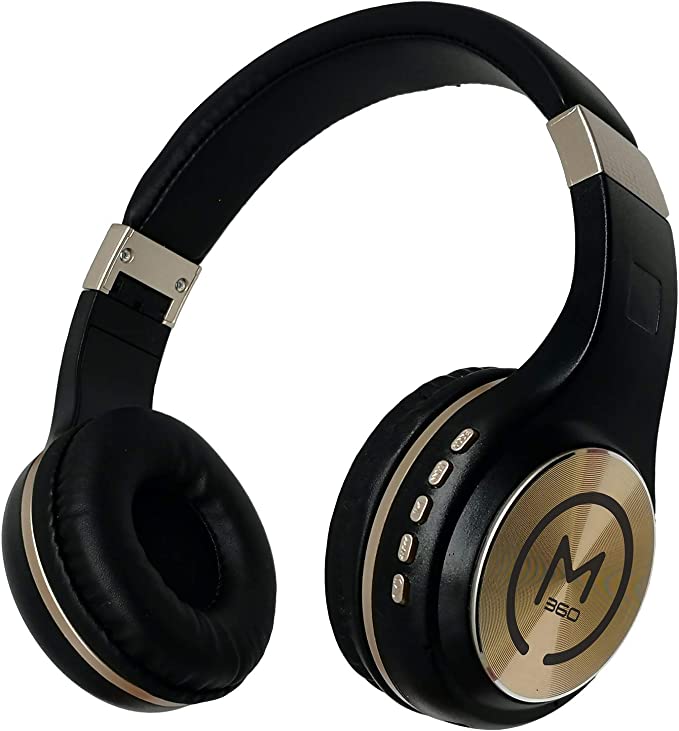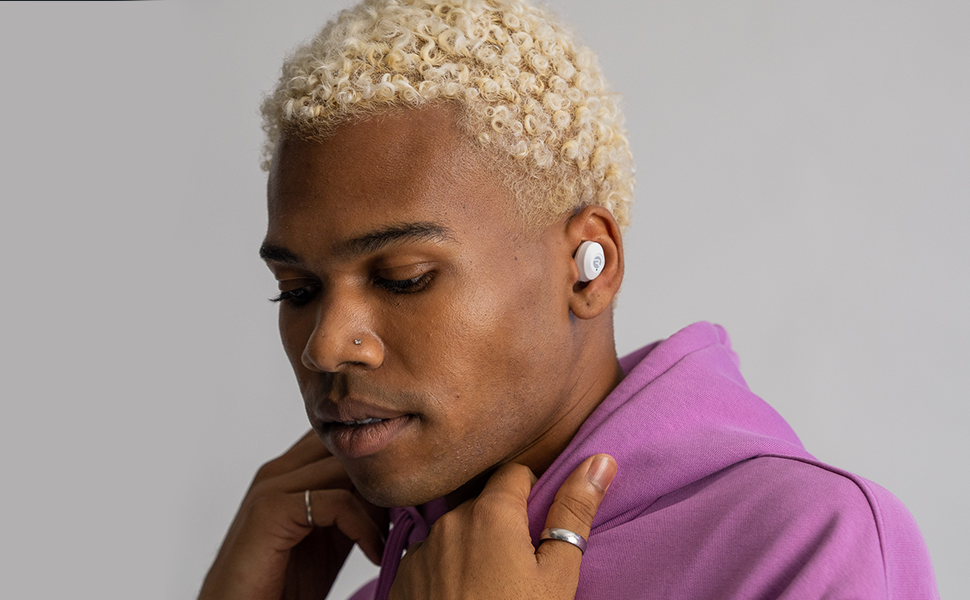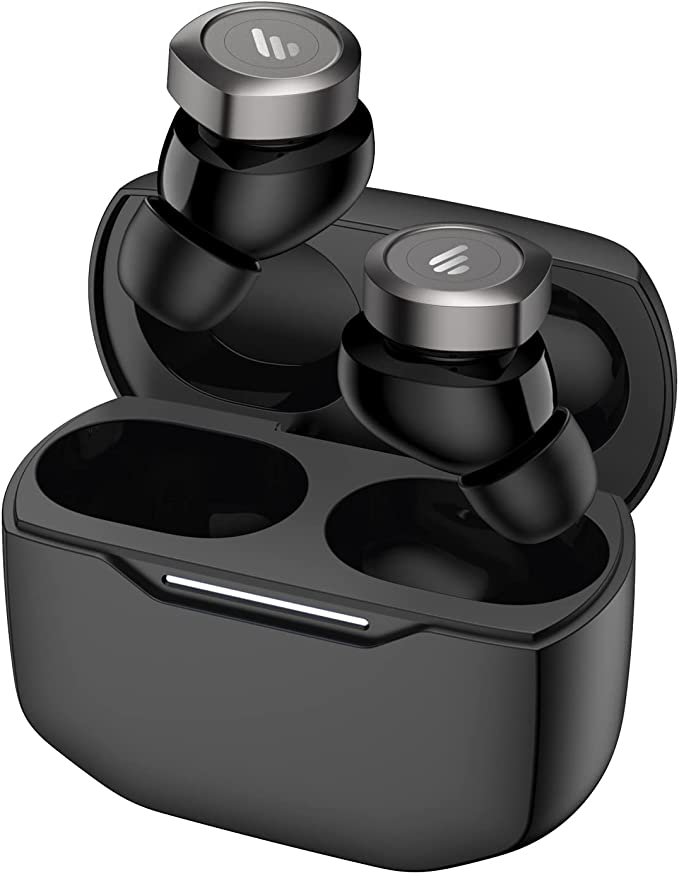Betron Retro Over Ear Headphones - A Retro Look with Surprisingly Great Sound
Update on July 1, 2025, 1:54 p.m.
There’s a ghost that lives in my parents’ attic. It doesn’t rattle chains; it hums with the phantom warmth of a Santana guitar solo. It’s a pair of headphones from the mid-1970s, absurdly heavy, with wood-paneled earcups and a coiled cable that could anchor a small boat. To put them on is to feel their presence, a weighty embrace from another era. The sound was thick, syrupy, and deeply comforting. It raises a question that lingers like the faint scent of old vinyl: can a modern product, designed to look like a ghost, truly possess its soul?
This brings me to the workbench, where a pair of Betron Retro Over-Ear Headphones sits under the lamp. Visually, they are an uncanny echo of the past, a familiar silhouette for anyone who remembers when listening to music was a deliberate, stationary act. But to dismiss them as mere imitation would be a mistake. Like a perfectly restored classic car, the story isn’t just in the polished chrome and vintage lines. The real magic, the real engineering, is hidden from view. So, let’s pop the hood.

The Heart Transplant: A Tale of Two Magnets
The engine of any headphone is its driver, and at the heart of the driver lies a magnet. The headphones of that 70s ghost in the attic used ferrite magnets—the standard of the day. Think of them as the old, cast-iron V8 engines of the audio world: powerful, yes, but incredibly heavy and inefficient. They required a lot of space and a lot of power to get moving, which contributed to the substantial heft of older gear.
The Betron Retro, however, benefits from a quiet revolution that swept through audio engineering in the 1980s: the commercialization of the neodymium magnet. This is the heart transplant. If ferrite was the old V8, neodymium is the modern, compact, turbocharged engine. Discovered to be the most powerful type of permanent magnet known, neodymium offers an astonishing magnetic field in a fraction of the size and weight.
For the driver inside the Betron, this is transformative. The lightweight 40mm neodymium dynamic driver unit can be controlled with far greater precision. The diaphragm—the delicate surface that vibrates to create sound—can be started and stopped with incredible speed and accuracy. This efficiency is what allows a surprisingly lightweight, 7.9-ounce headphone to produce a sound described as “punchy” and “crystal clear.” It doesn’t need the brute force of a heavy magnet; it has the agile, potent heart of a modern machine.

The Concert Hall Conundrum: The Science of the Sealed Chamber
Now, that powerful engine needs a worthy chassis. The Betron’s large, encompassing earcups represent a fundamental choice in acoustic architecture: they are a closed-back design. This means the “room” behind the driver is sealed off from the outside world. The primary benefit of this is passive noise isolation—the simple, physical act of creating a barrier against external sound. It’s less like a high-tech electronic forcefield and more like shutting a solid, heavy door on a noisy street. You are instantly in a more private, intimate listening space.
However, every engineering choice comes with a trade-off. Some users have noted the sound can feel a bit “narrow” or even “muddy.” This is the classic conundrum of the sealed chamber. Just as a small, square room can create echoes and strange resonances, a sealed headphone cup can sometimes trap sound waves, leading to a sound that feels less expansive than its open-back cousins (which are, by analogy, like listening on an open-air veranda).
This is also where we can scientifically interpret the user observation of “fake holes” on the earcups. These are an aesthetic homage to the look of open-back headphones, a stylistic choice rather than a functional one. The designers opted for the powerful bass and immersive isolation of a sealed design. One user’s fascinating experiment—drilling actual holes to “open” the sound—is a perfect, real-world demonstration of this principle. They traded the isolation of a sealed cabin for the airy, spacious feel of a convertible, fundamentally altering the acoustic tuning of the chassis.

The Human Element: Engineering a Gentle Ghost
A machine is nothing without its connection to the human operator. The most brilliant engine and chassis are worthless if the driver’s seat is an instrument of torture. Here, the Betron Retro applies decades of ergonomic lessons. The self-adjusting headband acts as a sophisticated suspension system, working to distribute the clamping force evenly across the head, preventing the painful pressure points that plagued early, vise-like headphones.

And what of the user who found them initially tight? This is the familiar feeling of a new leather seat. Materials need time to “break in,” to soften and conform to the unique contours of their user. The lightweight design, made possible by that modern neodymium engine, is the final piece of the puzzle. It ensures that after an hour of listening, the headphones become a gentle ghost—their presence felt in the music, but forgotten on the head.

The Enduring Beauty of Honest Engineering
In the end, the Betron Retro headphone isn’t a technological marvel destined to change the industry. It doesn’t have the complex electronics of its noise-cancelling peers. Instead, it’s something arguably more compelling. It’s a beautifully restored classic car with a modern, reliable engine. Its soul isn’t found in a revolutionary new technology, but in the honest, intelligent application of timeless acoustic and ergonomic principles.

It proves that a powerful, emotional listening experience doesn’t always require the most complex solution. Sometimes, it just needs a good engine, a well-tuned cabin, and a comfortable seat. The Betron Retro is a tribute to an era of engineering where getting the fundamentals right was everything, and in doing so, it captures more of that old ghost’s spirit than one might ever expect for the price of a few records.
